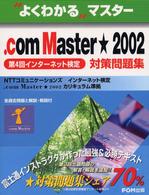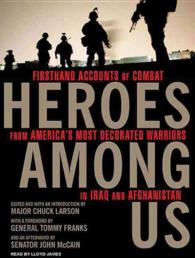Full Description
The Developing Core Literacy Proficiencies program is an integrated set of English Language Arts/Literacy units spanning grades 6-12 that provide student-centered instruction on a set of literacy proficiencies at the heart of the Common Core State Standards (CCSS).
Reading Closely for Textual Details
Making Evidence-Based Claims
Making Evidence-Based Claims about Literary Technique (Grades 9-12)
Researching to Deepen Understanding
Building Evidence-Based Arguments
The program approaches literacy through the development of knowledge, literacy skills, and academic habits. Throughout the activities, students develop their literacy along these three paths in an integrated, engaging, and empowering way.
Knowledge: The texts and topics students encounter in the program have been carefully selected to expose them to rich and varied ideas and perspectives of cultural significance. These texts not only equip students with key ideas for participating knowledgeably in the important discussions of our time, but also contain the complexity of expression necessary for developing college- and career-ready literacy skills.
Literacy Skills: The program articulates and targets instruction and assessment on twenty CCSS-aligned literacy skills ranging from "making inferences" to "reflecting critically." Students focus on this set of twenty skills throughout the year and program, continually applying them in new and more sophisticated ways.
Academic Habits: The program articulates twelve academic habits for students to develop, apply, and extend as they progress through the sequence of instruction. Instructional notes allow teachers to introduce and discuss academic habits such as "preparing" and "completing tasks" that are essential to students' success in the classroom.
The program materials include a comprehensive set of instructional sequences, teacher notes, handouts, assessments, rubrics, and graphic organizers designed to support students with a diversity of educational experiences and needs. The integrated assessment system, centered around the literacy skills and academic habits, allows for the coherent evaluation of student literacy development over the course of the year and vertically across all grade levels.
Contents
Acknowledgments v
Introduction to the Core Literacy Proficiencies: Becoming a Literate Person ix
Unit 1: Reading Closely for Textual Details: "Education is the new currency" 1
Goal 2
Topic 2
Activities 2
Reading Closely Unit Texts 5
Text 1 Classroom Pictures 7
Text 2 The Story of My Life 8
Helen Keller
Text 3 Changing Paradigms 10
Ken Robinson
Text 4 Only a Teacher 10
PBS
Text 5 "Kids Need Structure" 11
Colin Powell
Text 6 Dr. Montessori's Own Handbook 14
Maria Montessori
Text 7 Good Citizenship: The Purpose of Education 16
Eleanor Roosevelt
Text 8 Notes on the State of Virginia 20
Thomas Jefferson
Text 9 "The Vision of Education Reform in the United States" 22
Secretary Arne Duncan
Reading Closely for Textual Details Literacy Toolbox 31
Unit 2: Making Evidence-Based Claims: "The unexamined life is not worth living" 73
Goal 74
Topic 74
Activities 74
Making Evidence-Based Claims Unit Text: Apology, Plato 77
Making Evidence-Based Claims Literacy Toolbox 87
Unit 3: Making Evidence-Based Claims about Literary Technique: "Macomber laughed, a very natural hearty laugh." 129
Goal 130
Topic 130
Activities 130
Making Evidence-Based Claims About Literary Technique Literacy Toolbox 133
Unit 4: Researching to Deepen Understanding: Music: What Role Does It Play in Our Lives? 175
Goal 176
Topic 176
Activities 176
Terms and Definitions Used in This Unit 176
Researching to Deepen Understanding Common Source Set 181
Researching to Deepen Understanding Literacy Toolbox 186
Unit 5: Building Evidence-Based Arguments: "What is the Virtue of a Proportional Response?" 253
Goal 254
Topic 254
Activities 254
Building Evidence-Based Arguments Unit Text 257
Building Evidence-Based Arguments Literacy Toolbox 259







